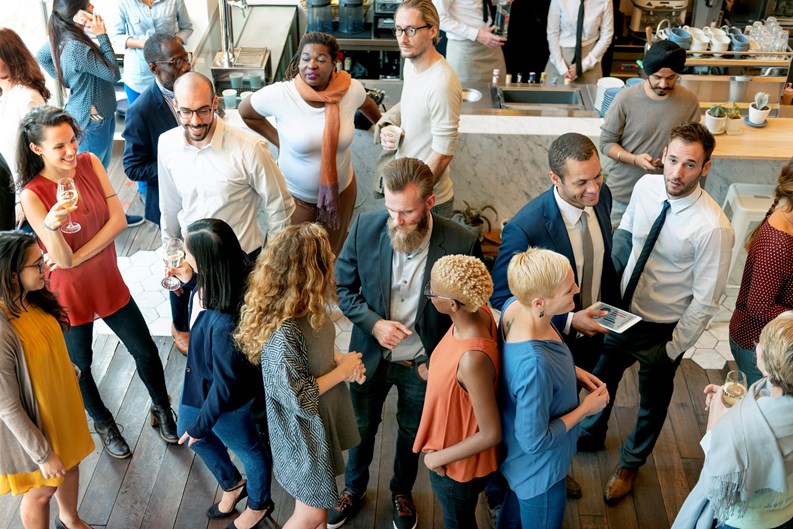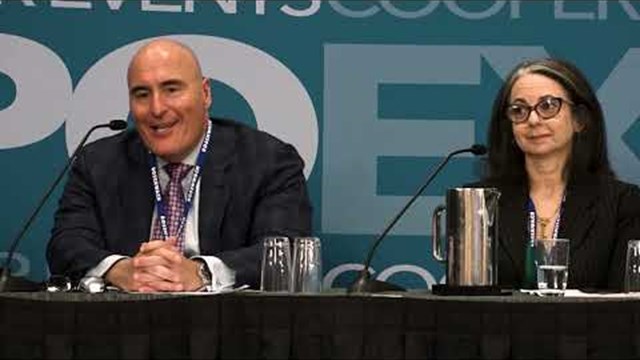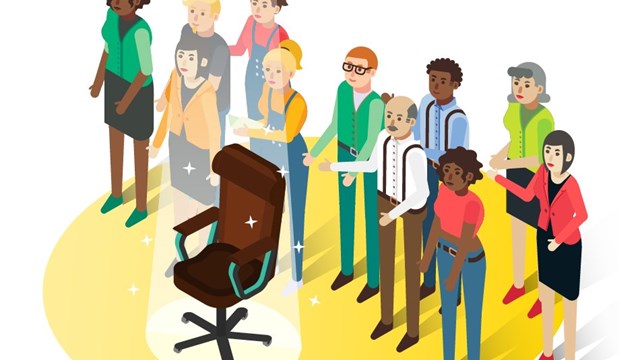Fostering a sense of community in multifamily buildings and HOAs is essential - not only for the health and happiness of residents, but also for the overall well-being of the property itself. As we navigate our fast-paced, post-pandemic world, nurturing relationships has become vital. Creating connections through social programming helps engage residents, enhances their day-to-day living experience, and can even increase property values. By tuning into residents’ tastes and needs, boards and property managers can transform their buildings into neighborhoods where people truly feel at home.
Post-Pandemic Shifts in Social Programming
“Community engagement is something many residents crave after being so separated during the pandemic,” states Maria Hurst, vice president of the New Development Group at nationwide property management firm FirstService Residential. “We’ve seen the greatest success with regular town hall meetings and providing community updates in quarterly newsletters to keep residents informed and involved. Social events, especially seasonal gatherings, offer a great opportunity for everyone to meet in a more fun and relaxed setting.”
Mark Levine, principal of co-op, condo, and rental property management firm EBMG, says there is still some pushback from vocal residents who are against digital formats for meetings and get-togethers within the building but that “Attendance rates show that this is a generally preferred method of meeting and having updates on building items.” He says “the ability to create a series of meetings on a particular topic, or to just have a meet-and-greet for new neighbors has been greatly enhanced. There are some events that are better left offline, and holiday parties and special events within the buildings will not likely have a digital replacement.”
Piet Quackenbush, vice president of management for South Florida and New York-based property management firm AKAM, also highlights the importance of dynamic community engagement: “If people see a vibrant community with engaging opportunities, they will want to live there. There are positives that benefit all—both the residents and the building’s business. Even as we compete against buildings with top-tier amenities more and more, we know that people just want to be happy going home.”
Tailoring Events
“It’s so important to know your audience and have a good site team in place. If your senior staff has a good relationship with residents, they will understand what the residents’ needs and interests are and can tailor programming accordingly. For example, if you have a building with many young professionals, you can focus more on entertainment and post-work relaxation.”
The shutdown during the pandemic completely changed the way we functioned. From isolation to remote work to virtual happy hours, we made adjustments to our daily lives to keep connections strong. These adjustments also created valuable opportunities for businesses to enhance their communication methods and program offerings.
“Since the pandemic, most residents prefer virtual meetings and updates, especially in newer condos. Co-ops and long-term steady-state properties lean toward traditional in-person meetings,” says Hurst. “We try to offer both options to accommodate everyone’s preferences. That shows we’re listening, and helps encourage broader participation.”
Quackenbush notes that “Email is currently the best way to communicate with residents. Buildings use different software and put up flyers, but most residents have email as a way to send and receive information. It is a great way to get the word out ahead of an event and to send reminders. We can still offer virtual opportunities to engage residents; however, we are noticing that people are enjoying in-person activities more. You just need to know your community.”
“When there are systems set into place for the residents to have an organized channel to discuss items amongst themselves, it should also be noted that protocols should be set into place to still advise management and/or the board of any issues that need to be dealt with in the building,” adds Levine. “Using a Google group or internal chat function without the building management on it will quickly turn into a complaint board, since management and their team won’t have access or the bandwidth to review all of the various communications through the day. Official communication protocols should still exist. It’s been helpful for those buildings that use these systems properly.””
Tapping into residents’ talents is also a great way to ensure that inclusive events are successful and well-attended. “If you have someone who is passionate about a certain area, it is smart to get them involved in planning,” says Quackenbush. “We’ve seen success with yoga workshops, workout classes, and mini talent shows. It’s a great way to learn more about your neighbors, foster connections, and discover shared interests.”
“I like to engage with residents during our regular on-site visits and walkthroughs. Getting to know the residents and their interests directly provides us with valuable insights into what kinds of events or activities would resonate—and we’ve been surprised by some of the events our residents have expressed interest in,” says Hurst.
Events can be planned around major holidays throughout the year to help build a sense of connection among residents. These gatherings allow residents to celebrate and come together in a relaxed, festive atmosphere.
Hurst explains, “Holiday parties have been the most successful in bringing residents together, but it’s important to be inclusive, ensuring that residents of all ages, backgrounds, and beliefs can have fun. These inclusive, festive events encourage people who don’t typically attend building events to mingle with their neighbors.” This approach not only promotes inclusivity but also strengthens the social fabric of the community, making everyone feel welcome.
Creating an exciting social calendar can be budget friendly. Hurst notes, “The biggest challenge always comes down to budget. As managers, we work closely with our boards to maximize available resources without sacrificing quality. For example, we use in-house staff to help with setup and partner with our vendors for discounts on food and party supplies.”
Quackenbush suggests, “Property managers can look for easy wins; it doesn’t need to be expensive. If you have a building with lots of families, you can host gaming tournaments or create group play areas. If you have a building with many dogs, consider hosting pet-friendly events. Even something as simple as movie nights is always a big hit.”
Hurst adds, “Smaller budgets often yield creativity. A simple wine and cheese happy hour–with juice and cookies for kids–can be just as effective as a big-budget tasting if it’s done the right way, especially when residents’ feedback is taken into account. For events with larger budgets, we like to arrange catered food and entertainment, like a live band or children’s performer.”
Measuring Success
How can you determine if your programming is effective? While checking attendance is a straightforward way to gauge an event’s popularity, post-event follow-up is equally important for assessing future success. Hurst says, “Success is largely measured through direct feedback from residents. That’s one reason we believe in fostering a personal connection between the board, building staff, and residents. These conversations help us fine-tune our work to elevate the lifestyle of each resident.”
“For us it’s about attendance levels at these events.” Levine shares. “If we have a successful event or meeting, it’s the result of frequent communication before the meeting or event, making it as easy as possible for everyone to attend–and vote if needed–and working within the event to obtain real time feedback on if improvements are to be made for the next meeting. We are logging all of this information.”
Quackenbush adds that “We use email and social media to promote events and engage residents afterward. Someone might see pictures from an event on Instagram, which could encourage them to attend the next time we host. Even if people are unable to attend, seeing the event helps promote the building as a fun place to live. If you become a coveted building, it’s a great return on investment—people seek out community.”
Kate Mattiace is the Associate Editor of CooperatorNews.










Leave a Comment